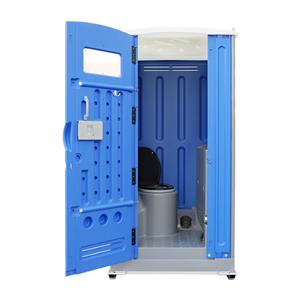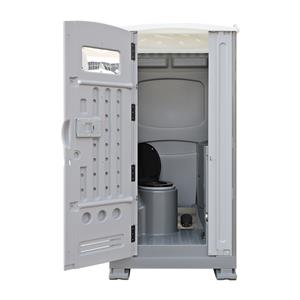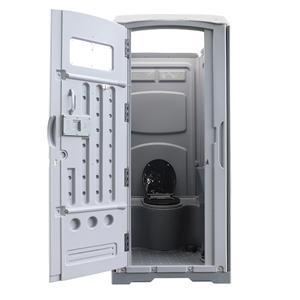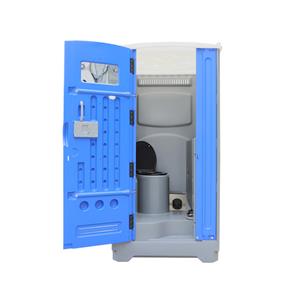How to empty portable toilets?
11-04-2025
Whether you're using a compact Portable Flush Toilet on a camping trip in the Texas Hill Country, managing Steel Skid Portaloo units on a Houston construction site, or overseeing Mobile Flushing Toilet facilities at a large event, knowing when and how to empty the waste holding tanks is essential. Improper handling or delayed servicing can lead to unpleasant odors, unsanitary conditions, and potential regulatory issues. This guide provides insights into recognizing when a portable toilet needs emptying, differentiating between DIY and professional servicing needs, and outlining safe and compliant procedures for waste disposal, drawing on best practices recommended by portable toilets manufacturers and sanitation professionals.
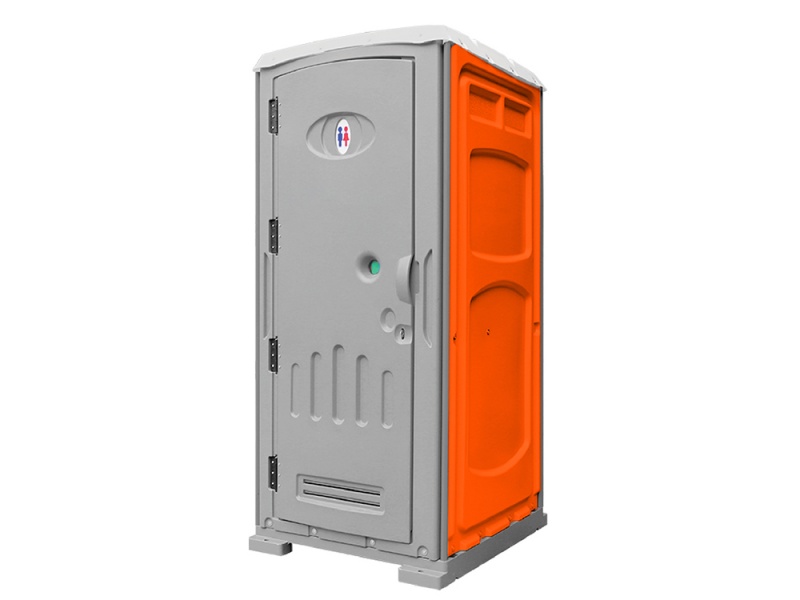
Recognizing the Signs: When Does a Portable Toilet Need Emptying?
Argument: Just like fixed septic systems, portable toilet holding tanks have limits. Recognizing the signs of a full or nearly full tank is key to preventing overflows and maintaining usability. Watch for:
Slow Flushing or Backups: Particularly noticeable in Portable Flush Toilet models; if the flush is weak, sluggish, or waste backs up, the tank is likely nearing capacity.
Slow Draining: If sinks integrated into deluxe portable wc toilet units or Mobile Flushing Toilet trailers drain slowly, it could indicate a full main holding tank (though pipe blockages are also possible).
Pervasive Odors: While deodorizers help, an overwhelming sewage-like smell around the portable toilet strongly suggests the holding tank is full and requires immediate attention.
Visible Waste Level: Many units have translucent roofs or vents allowing a visual check; if the waste level is high, schedule service. Some Portable Flush Toilet models have level indicators.
Water Pooling (Severe): In extreme cases of neglect or overflow, pooling around the base of a portable toilet unit is a critical sign requiring immediate professional cleanup and service.
How Often to Empty: Factors Influencing Frequency
Argument: There's no single answer; emptying frequency depends on several factors:
Usage Level: The number of people using the portable wc toilet daily is the primary driver. High-traffic sites (festivals, busy construction zones) need much more frequent service than low-use locations.
Unit Type & Capacity: A small camping Portable Flush Toilet has limited capacity and needs frequent emptying by the user. Standard portable toilet units or Steel Skid Portaloo models have larger tanks serviced professionally, typically weekly or bi-weekly under normal use. High-capacity Mobile Flushing Toilet trailers may have different schedules based on their tank size or connection status.
Environmental Conditions: Hot weather can sometimes accelerate waste breakdown and odor generation, potentially necessitating slightly more frequent servicing or chemical replenishment.
DIY Emptying: For Small Camping & Caravan Toilets
Argument: Emptying is typically a user task only for small, self-contained camping or caravan-style Portable Flush Toilet units designed for this purpose.
Procedure:
Safety First: Always wear gloves and appropriate PPE.
Locate Disposal Site: Identify an authorized chemical toilet disposal point (CDP) or dump station before starting. Never use standard toilets, drains, or the environment.
Transport Carefully: Detach the waste holding tank (most models allow this). Use carrying handles and ensure any latches/spouts are secure to prevent spills.
Empty Contents: Carefully empty the waste into the designated disposal point.
Rinse Thoroughly: Use available water (hose/tap at the disposal point) to rinse the inside of the tank well. Empty the rinse water into the disposal point.
Add Chemicals: Before reassembling, add the correct dose of portable toilet chemical/deodorizer according to product instructions.
Professional Servicing: The Standard for Most Portable Toilets
Argument: For virtually all standard freestanding portable toilet units, including Steel Skid Portaloo models, larger Portable Flush Toilet units used at events, and complex Mobile Flushing Toilet trailers, emptying and maintenance must be handled by professional sanitation service companies.
Why Professionals? They have specialized vacuum trucks, trained technicians, proper safety gear, knowledge of regulations, and access to licensed wastewater treatment facilities. They ensure the job is done efficiently, hygienically, and legally.
Chemical vs. Mains-Connected Systems
Argument: Understanding the unit type clarifies service needs:
Chemical Toilets: Most portable toilets, including standard units, Portable Flush Toilet models, and Steel Skid Portaloo types, use a sealed holding tank containing chemicals. These require regular pumping by a service provider (or DIY for small camping units).
Mains-Connected Toilets: Some higher-end Mobile Flushing Toilet trailers or semi-permanent installations can be directly connected to municipal sewer lines. These function like regular toilets and do not require tank emptying, though they still need cleaning and stocking.
The Role of Portable Toilets Manufacturers
Argument: Reputable portable toilets manufacturers provide crucial information. User manuals for Portable Flush Toilet units detail specific emptying procedures, recommended chemicals, and safety features (like secure latches or directional spouts). For larger units, manufacturers specify tank capacities and materials, informing service providers about appropriate handling.
Safety First: Handling Portable Toilet Waste
Argument: Whether emptying a small camping unit or servicing multiple portable wc toilet facilities, safety is paramount.
Wear PPE: Always use waterproof gloves, eye protection, and potentially coveralls.
Avoid Splashing: Handle waste tanks carefully; use spouts or hoses designed for clean emptying.
Work in Ventilated Areas: Especially important when handling chemicals or waste.
Wash Hands Thoroughly: After handling any part of the toilet or waste.
Legal and Environmental Compliance
Argument: Disposing of waste from portable toilet holding tanks is strictly regulated. Waste must be taken to licensed wastewater treatment facilities. Illegal dumping into storm drains, waterways, or onto land is harmful to the environment and public health and carries significant penalties. Always use authorized disposal sites or licensed professional haulers. [External link placeholder: Link to EPA wastewater regulations or TCEQ (Texas Commission on Environmental Quality) rules].
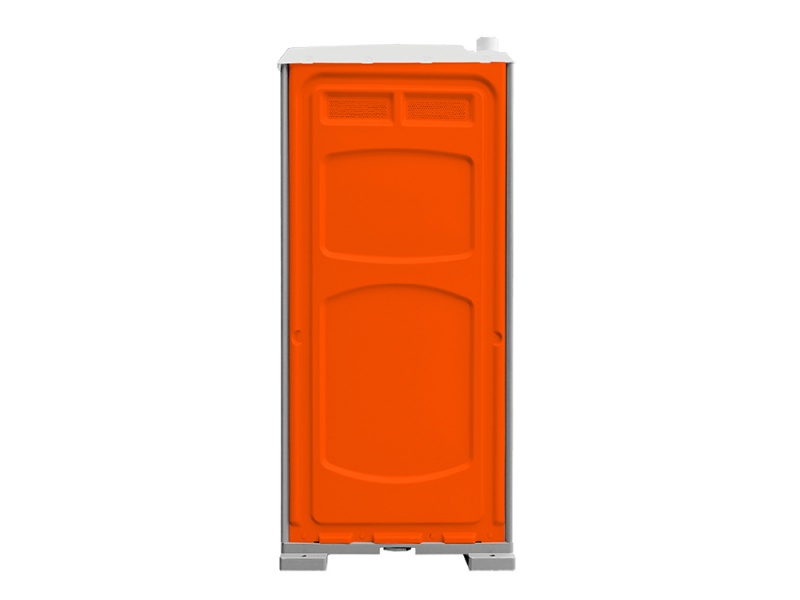
Conclusion & Summary
Properly managing waste by emptying portable toilet units at the right time and using the correct procedures is vital for maintaining sanitation, ensuring user comfort, and complying with regulations. Recognizing signs that a portable wc toilet holding tank is full allows for timely service. While small camping-style Portable Flush Toilet units can often be emptied by the user at designated points, most standard portable toilet units, robust Steel Skid Portaloo models, and larger Mobile Flushing Toilet facilities require professional servicing by licensed companies. Adhering to safety protocols, using authorized disposal methods, and following guidance from portable toilets manufacturers ensures that these essential facilities remain functional, hygienic, and environmentally responsible throughout the Houston area and beyond.

